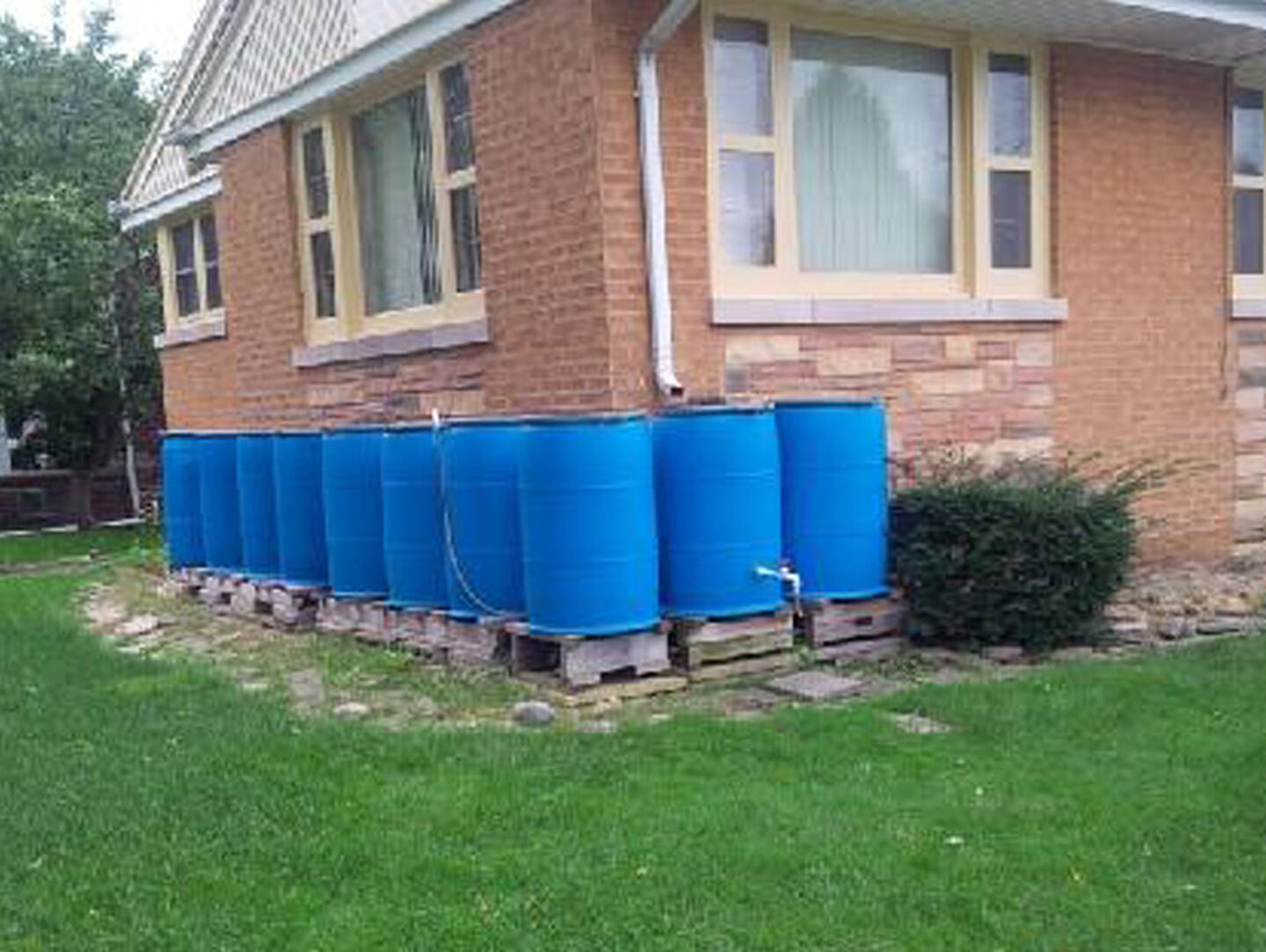Rain Barrel Problems – 3 Things To Consider Before You Buy

Rain barrels are a way some homeowners use to save money by capturing rain to water their gardens and lawns and wash their cars. But there’s another side to these containers that can cause serious headaches beyond the commonly known rain barrel problems (like roofs contaminating the water, the barrels freezing and splitting, and the tops becoming mosquito breeding grounds).
3 Ways Rain Barrels Can Cost You More Money Than They Save
If you are a regular reader of our Learning Center blogs, then you already know that keeping downspout water away from your foundation is very important. If you dump too much water next to your house you can have a wet basement. More importantly, though if you dump too much water next to your house your foundation can develop serious structural problems. The bottom line is this: water dumping next to your foundation is not good and can cause serious and expensive problems. Keeping this in mind, let’s look at 3 ways rain barrel problems can cause problems for you.
1. INSUFFICIENT STORAGE — You may not realize this but there is a lot of water that gushes out of your downspout during a healthy rain. For example, if you have a typical ranch style home, the water that comes off of your roof during a 1 inch rain is over 600 gallons. If you have 4 downspouts, then each is gushing 150 gallons. Now imagine the 2 – 7 inch rain storms we get. Can you see the problem? A typical rain barrel only holds 50 gallons, but your downspouts can be dumping 150 gallons or more. So where does the other 100 to 1000 gallons dump? Right next to your foundation.
2. USAGE – It sounds great to have free water to use for watering your garden and lawn, but you’ve got to use it up before the next rainstorm. The problem is if you’re using it to water your lawn and garden, the sky is already doing some of that for you when it rains. And if you regularly get rain, you may not be able to find other uses to empty the barrels before the next rain comes.That means your barrels are partially empty and when it rains their reduced capacity allows even more water to spill next to your foundation.
3. WATER WEIGHT – Let’s say you buy 10 rain barrels like the house pictured above to make sure no rain dumps into the Zone of Failure next to your home. You know the Zone of Failure. It’s the area next to your foundation, typically clay, that you want to keep dry. If it gets wet it will expand and push against the foundation, presenting a very real chance of expensive structural problems. If you have problems using up the water from 1 barrel or 3, how will you empty10 before the next rain? And with 10 rain barrels full of water, here’s the next problem. A gallon of water weighs 8.34 lbs. A filled 50 gallon rain barrel weighs 400 lbs making 10 rain barrels weigh 2 tons! That means with 10 rain barrels you would have extremely heavy, concentrated weight pushing down on your home’s Zone of Failure 24 hours a day, 7 days a week. That’s just asking for structural problems. Not to mention the aesthetics of having 10 bright blue barrels sitting where shrubs would normally be.
You can see how rain barrels can be a good idea in areas with little rain fall and long periods of draught. But in Chicago where we get rains from early Spring to late Fall, the rain barrels you are hoping will save money may actually cost you more in the long run because you’ll need to clean up a wet mess in your basement or worse, to pay for foundation repairs. Visit our Learning Center at USWaterproofing.com for more common sense tips about water and your foundation.




